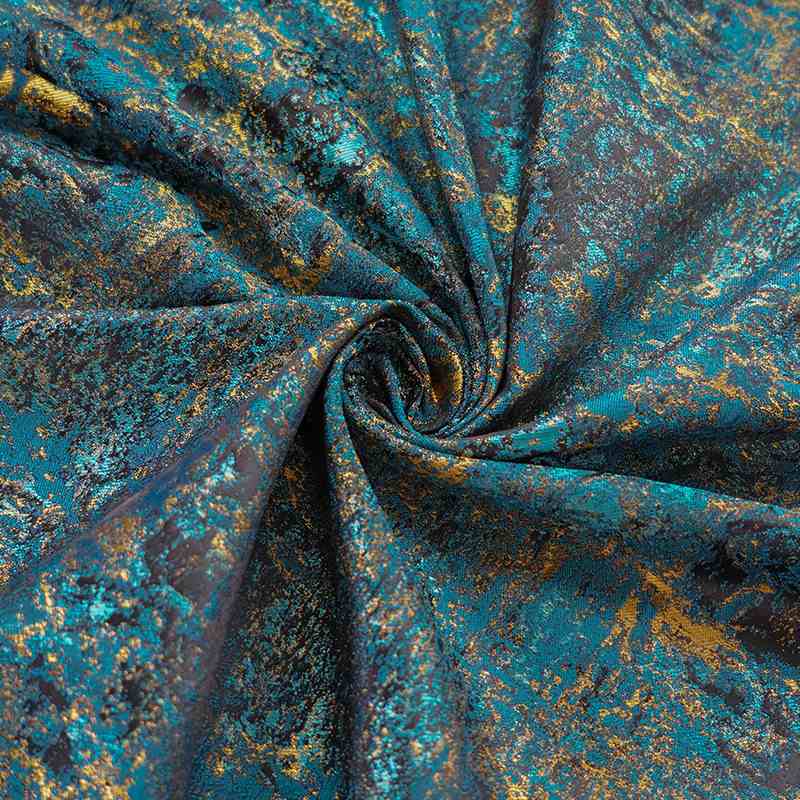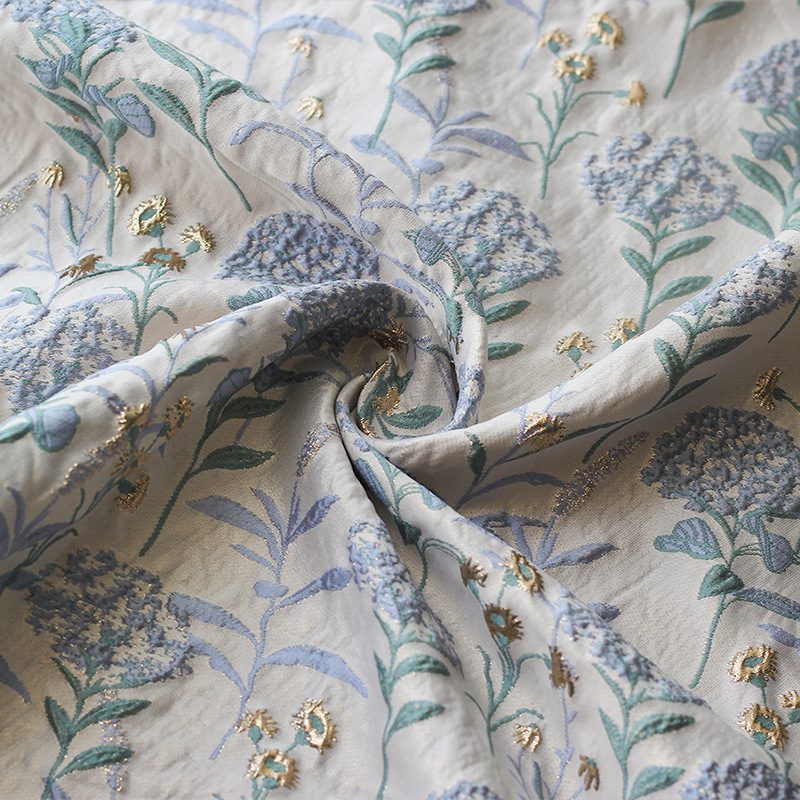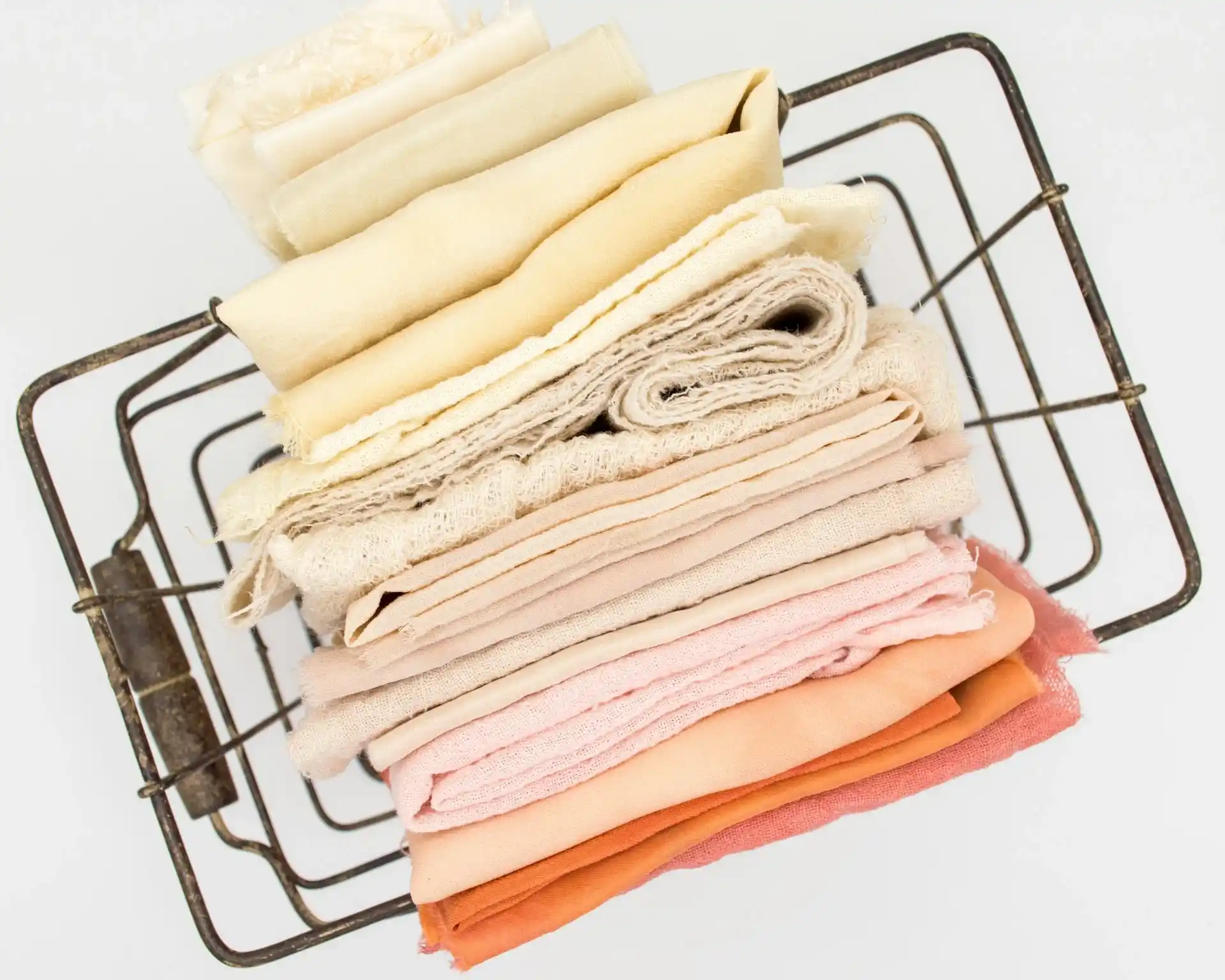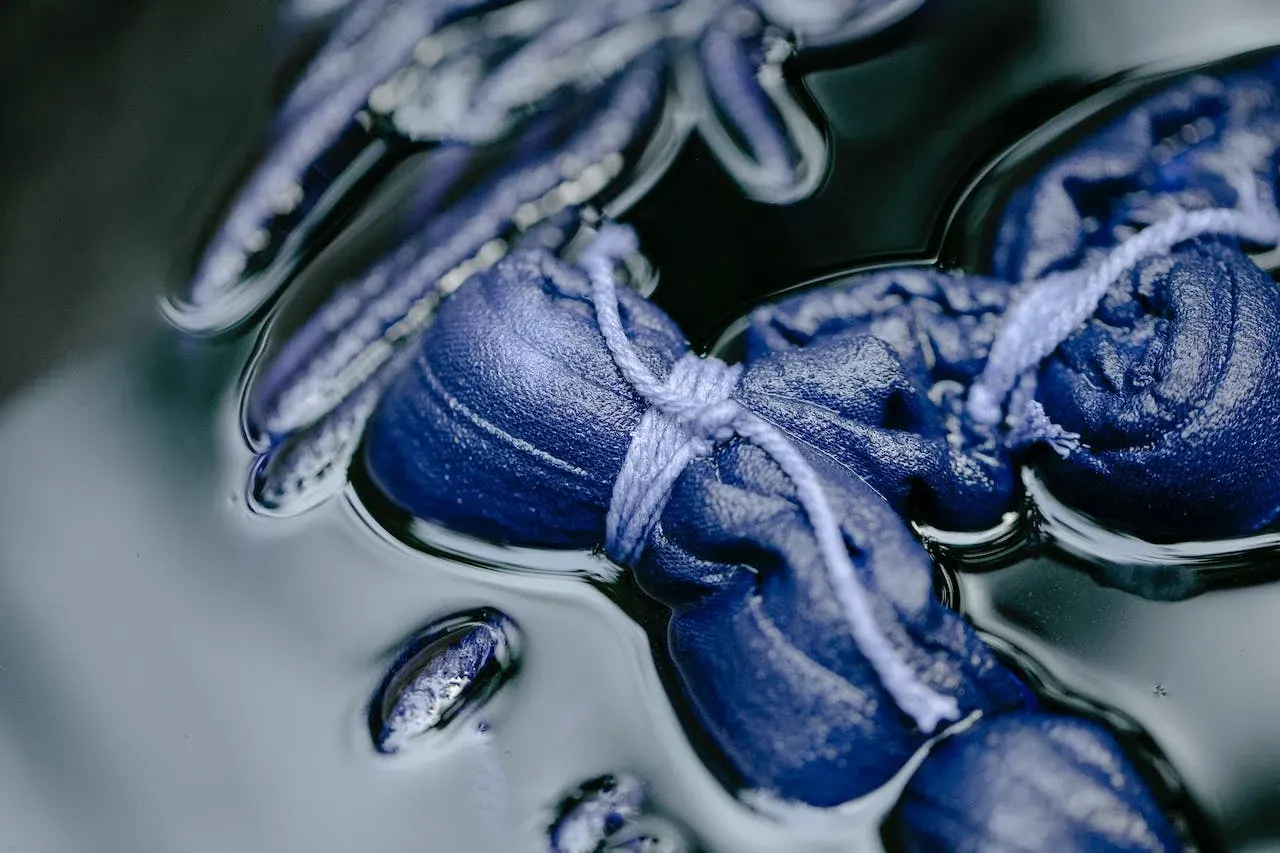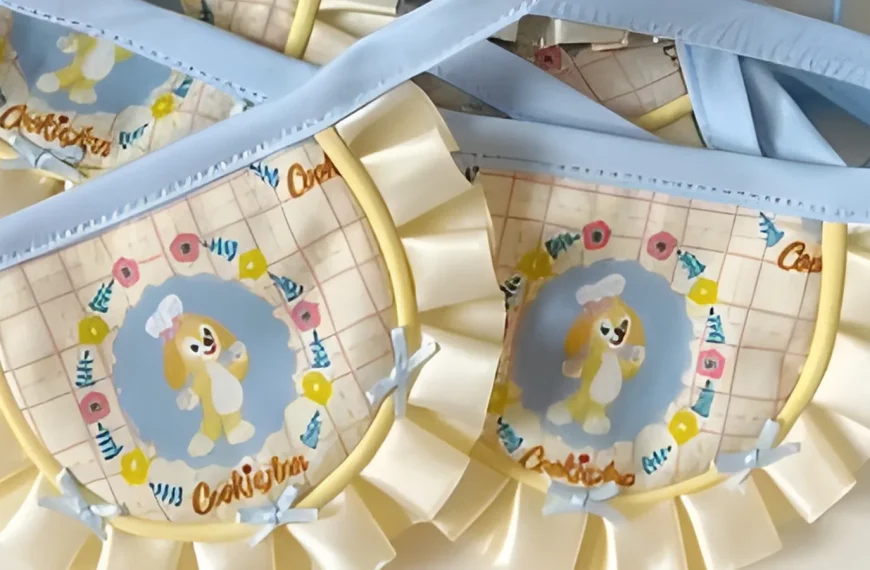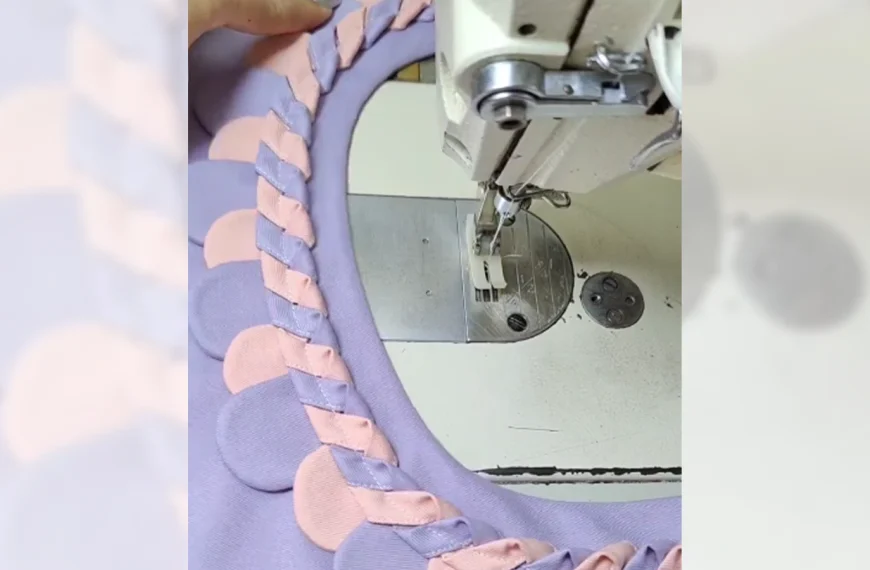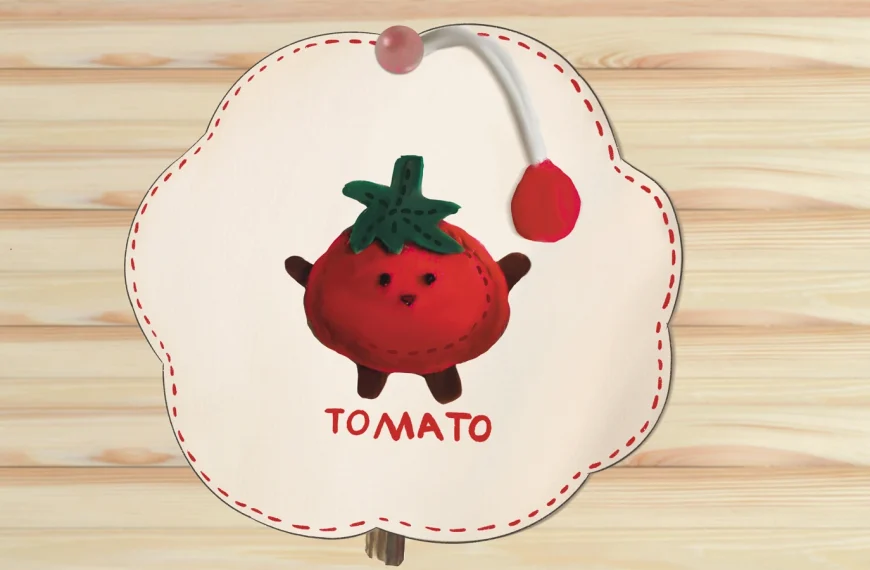You’ve unearthed an old quilt at a flea market, its fabric whispering stories of bygone days with every threadbare patch and sun-softened hue. Now, you’re poised to infuse your own textiles with that same sense of history.
Mastering the art of how to age fabric is more than a craft. It’s a homage to the past, a touch of authenticity for costumes, or a statement in contemporary design that nods respectfully to the aesthetics of antiquity. As you explore the myriad of techniques available—tea staining for a sepia-toned patina, strategic bleaching for wear and tear, or the judicious use of sandpaper for a lovingly worn look—you’ll find each method has its own secrets to be unlocked.
The transformation awaits, and with a bit of patience and the right approach, you’ll soon turn the ordinary into the extraordinary. Will your project breathe with the whispers of a bygone era, or will it simply echo with the missed whispers of what could have been?
Key Takeaways
- Washing and drying fabric in hot water with strong detergents can accelerate the fading process. This will give the fabric a time-worn softness and faded hue.
- Steeping fabric in hot water with tea bags can achieve a natural, time-worn tint, with longer soaking resulting in a stronger stain. Lay the fabric flat to dry for an even stain, or scrunch it up for a mottled effect.
- Brew a strong pot of coffee. Soak the fabric in it to create a deeper, more pronounced vintage look. You can increase the amount of coffee for a darker shade.
- Diluted bleach can selectively lighten vintage fabrics and add character. So, target areas that naturally wear out and always test on a small section first.
- Distressing fabric with paint, sodium bisulfate, acid, concrete, or sandpaper can also create a worn, aged effect.
10 Methods on How to Age Fabric for a Vintage Look
You can achieve a vintage look by fading your fabric through repeated washing and drying with strong detergents.
For a natural, time-worn tint, try dyeing the material with tea or coffee. They can give it a convincingly aged patina.
If you’re aiming for a more distressed appearance, using diluted bleach or acrylic paint can add authentic-looking wear and tear to your vintage project.
Method 1: Fade the Fabric by Washing and Drying
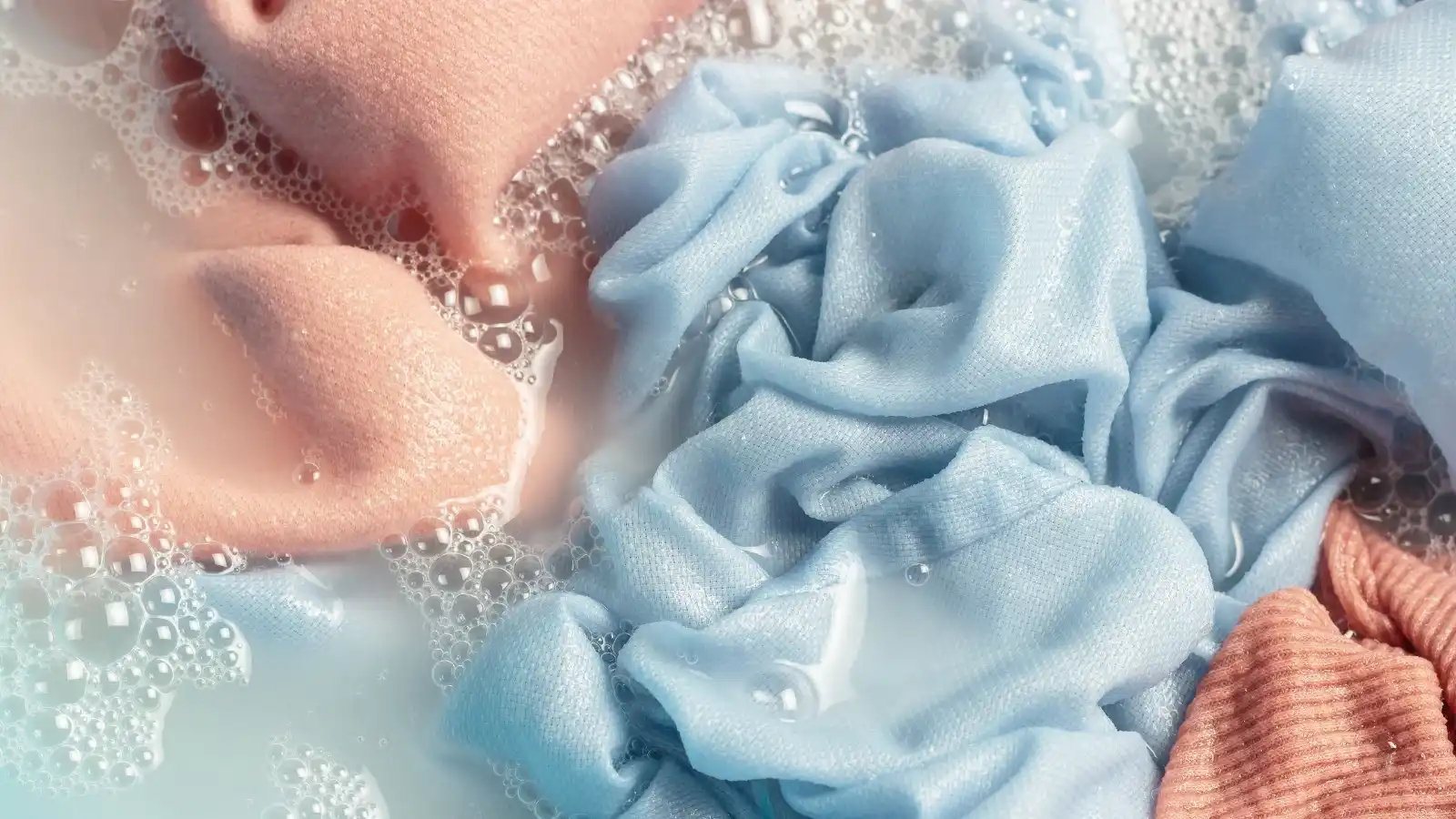
To achieve a vintage look on fabric, repeatedly washing and drying it in hot water can effectively fade the color over time. This method works best with multiple loads. Because consistent exposure to hot water and detergent will accelerate the fading process. Opt for a strong detergent that will strip away the coating or sizing, contributing to the aged appearance.
When working with light-colored fabrics, be aware that they may fade more quickly. It’s also important to remember that washing can cause colors to bleed. So be cautious when combining your vintage project with other laundry.
Give your fabric a vintage feel with this technique to achieve the softness and faded hue of well-loved textiles.
Method 2: Dye Fabric with Tea

While repeatedly washing and drying can effectively fade your fabric, steeping it in tea offers a different approach to achieving that coveted vintage patina.
To dye your fabric and make it look aged, simply steep a tea bag in hot water. The longer you soak it, the stronger the stain will be. For an even stain, lay the fabric flat to dry. For a more mottled effect, scrunch it up before drying. You can also strategically place wet tea bags directly on the fabric to create darker, more concentrated stains.
This method is perfect for controlled aging. It lets you add character to your fabric without a hefty price tag.
The result? A beautifully aged piece with that classic, vintage charm.
Method 3: Dye Fabric with Coffee
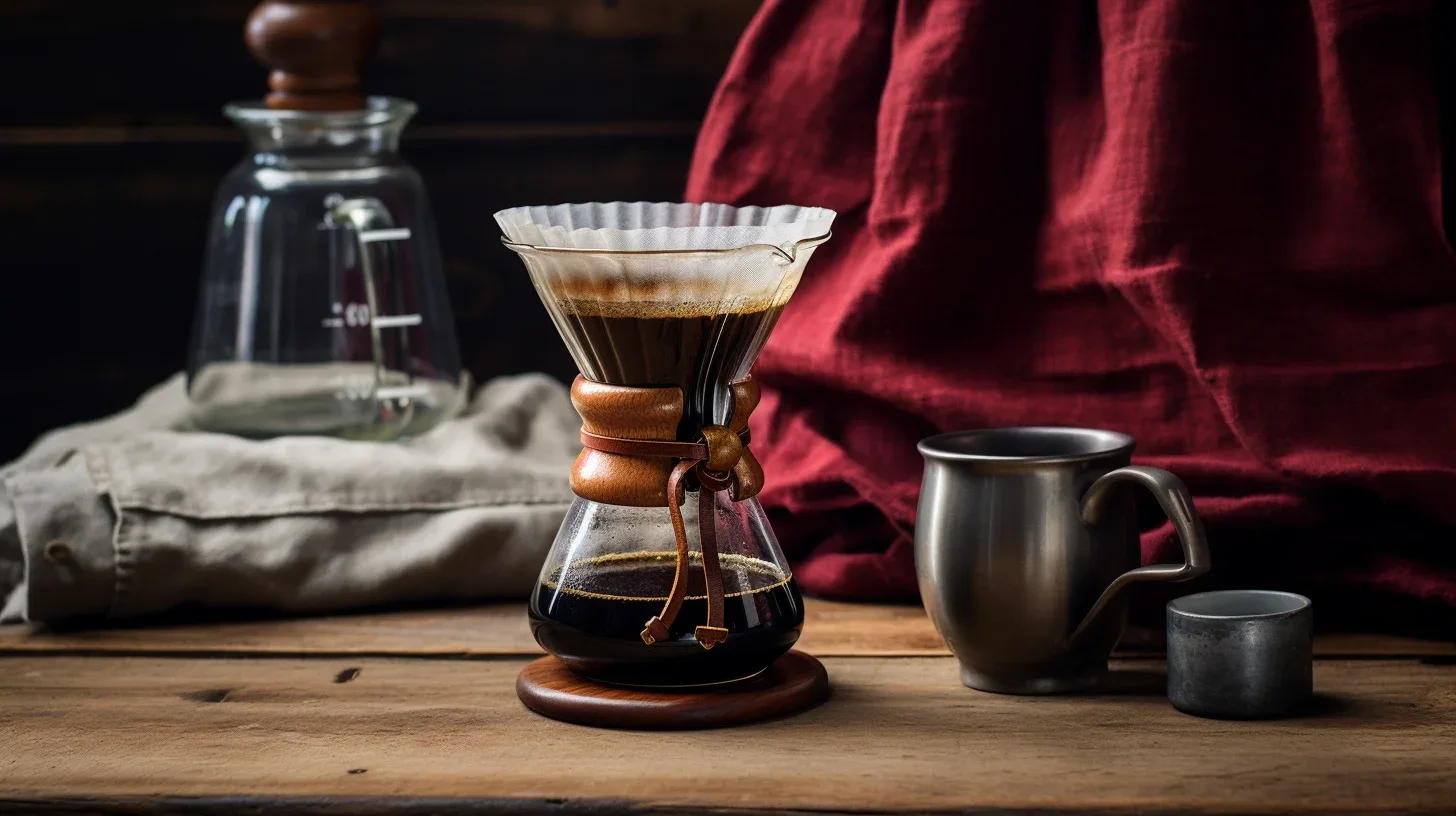
Immersing fabric in a freshly brewed pot of coffee can impart a rich, antiqued patina. This is ideal for creating that sought-after vintage appearance.
- To start, brew a strong pot of coffee and let it steep for at least 30 minutes.
- Wet the fabric thoroughly before submerging it in the coffee to ensure even dyeing.
- Gently agitate the fabric in the brewed coffee to saturate it completely.
- For a deeper, more pronounced vintage look, allow the fabric to soak for about an hour.
- If you desire an even darker shade, increase the amount of coffee used.
- Once you’ve achieved the desired effect, dry the fabric as usual to set the dye.
This coffee dye technique is a simple way to age fabric for an authentic vintage feel.
Method 4: Use Bleach on Vintage Fabric
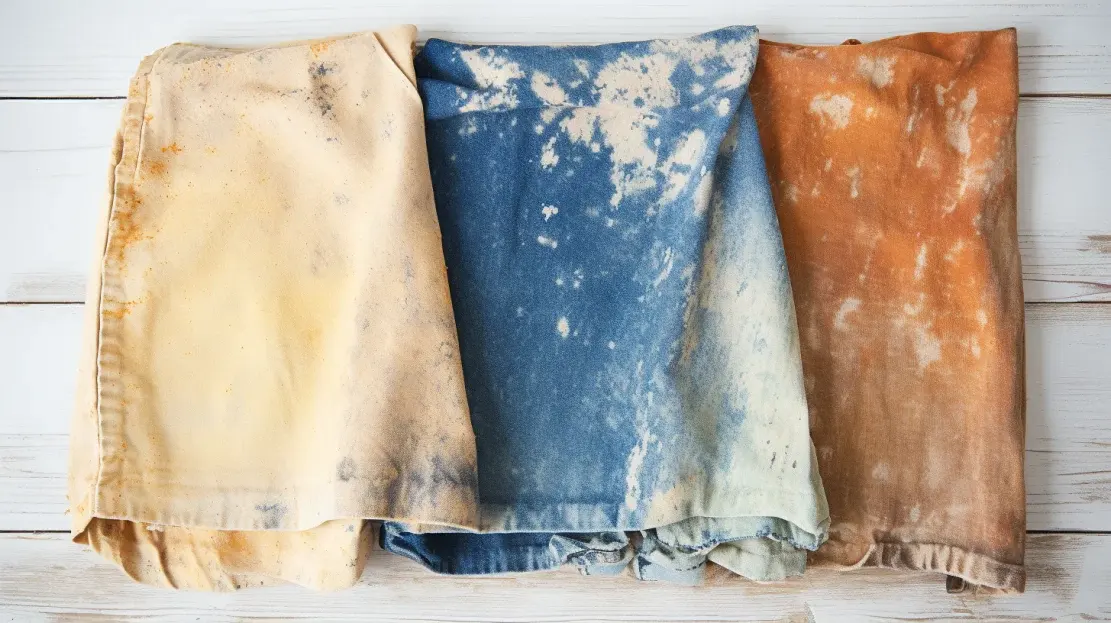
When aiming for that perfectly weathered look, you can use diluted bleach to selectively lighten vintage fabrics and add character to your garments.
To distress and age fabric for an antique look, apply bleach with a sprayer, targeting areas like creases and collars that naturally wear out.
Experiment with different concentrations to get the right vintage vibe. But always test on a small, hidden section first.
Method 5: Use Acrylic Paint
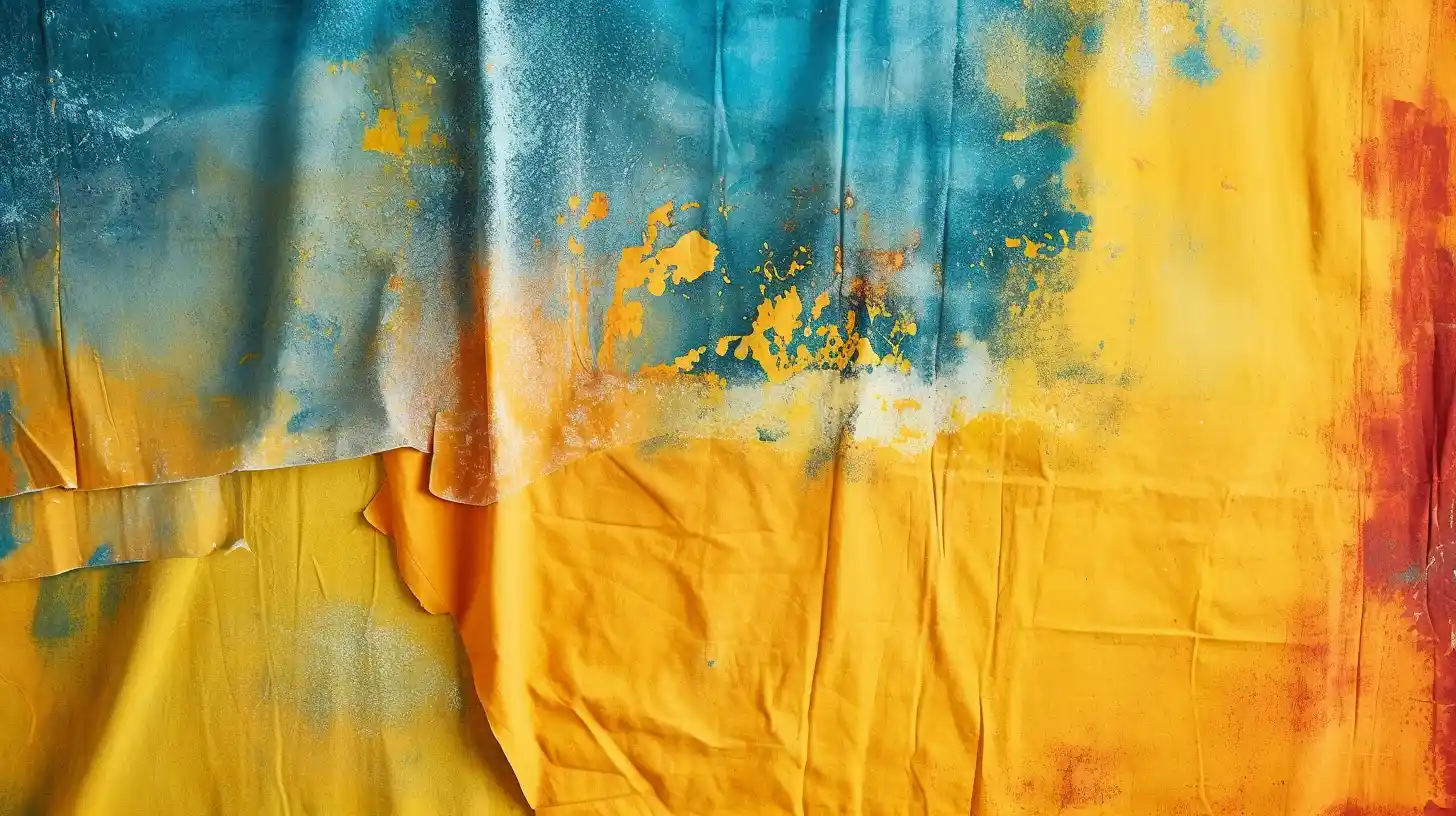
Building on the technique of using diluted bleach, you can also use acrylic paint to add depth and character to your fabric for that sought-after vintage look.
Start by mixing acrylic paint with water to achieve a translucent effect, making your fabric look old and worn. Apply the diluted paint with a brush or sponge. Focus on areas that will naturally show wear over time.
For a more distressed look, use a dry brush technique to lightly stroke the fabric, creating uneven streaks of color. Layer different shades to enhance the aged appearance.
To maintain the fabric’s flexibility and prevent cracking, blend the paint with a fabric medium. This technique will ensure your project retains an authentic vintage feel.
Method 6: Use Sodium Bisulfate

To create an authentically aged look for your fabric, dissolve sodium bisulfate in hot water and soak the material in this solution. This process is a surefire way to make it look old. Because the chemical reaction helps to fade and distress the fabric, contributing to a vintage appearance.
Be precise in your measurements and cautious with the handling of sodium bisulfate. It’s essential to wear gloves and work in a well-ventilated area.
Once you’ve soaked the fabric to your desired aging level, rinse it thoroughly to remove any residual sodium bisulfate. Then, allow the fabric to dry.
The result will be a fabric look that carries the essence of time with a convincingly aged character.
Method 7: Use Acid

Harness the power of acid, such as vinegar or lemon juice, to give your fabric a vintage, worn-out charm.
Begin by boiling a pot of hot water. Then, carefully add vinegar to create a diluted acid solution. The ratio of vinegar to water can vary. But a good starting point is one part vinegar to four parts water.
Submerge your fabric in this mixture and allow it to steep. The longer it soaks, the more pronounced the aging effect will be.
Focus on areas that would naturally show wear, like necklines, hems, and cuffs, by applying the acid solution with a sprayer for a more targeted approach.
Always remember to handle acids with care to ensure the fabric’s integrity remains intact.
Method 8: Use Concrete
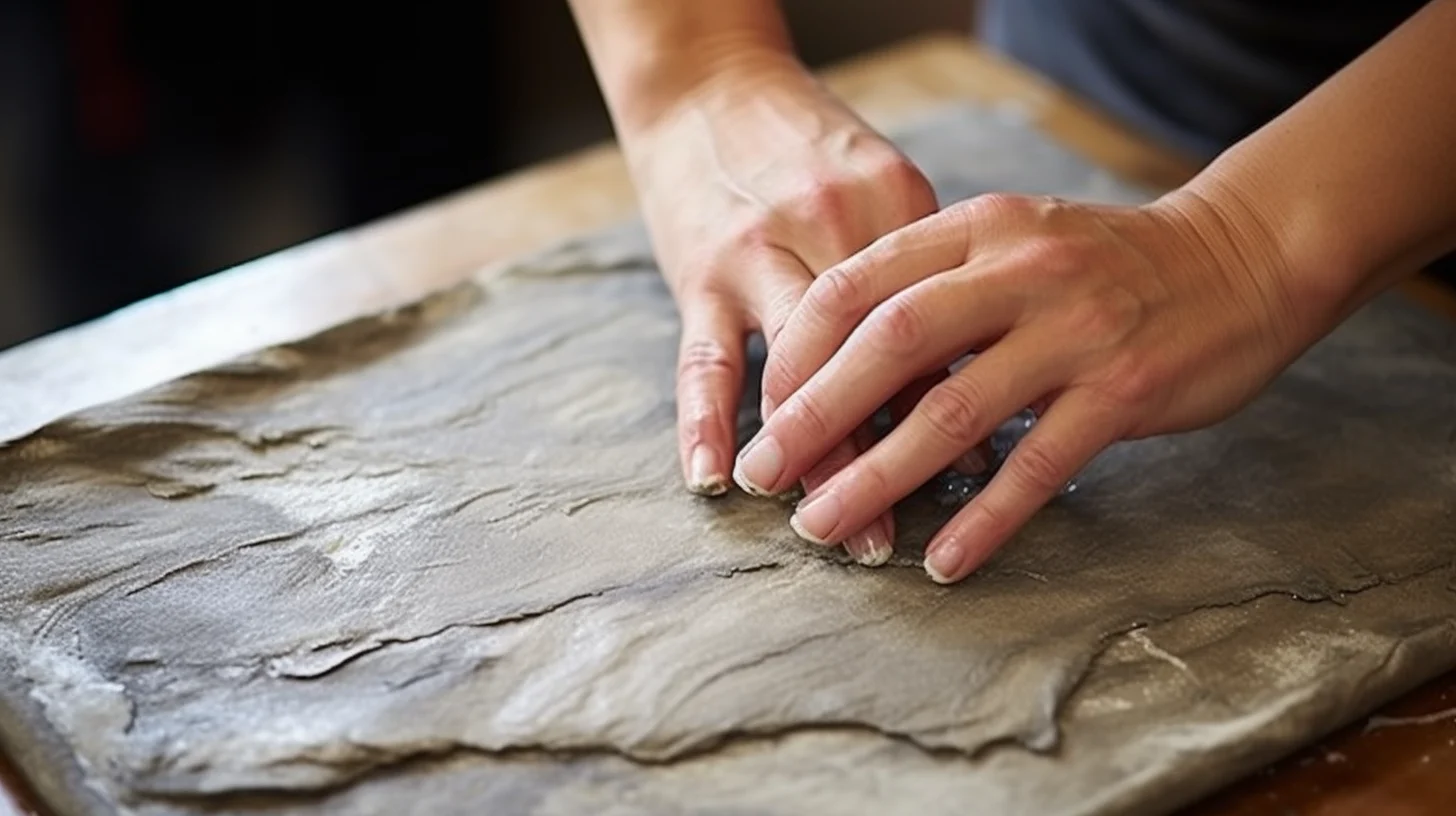
While acid treatments can add a time-worn patina to fabric, rubbing it against concrete offers a quicker way to achieve an authentically distressed look.
Grab a piece of fabric you aim to age and find a rough concrete surface. Vigorously rub the material on the concrete, much like you’d use sandpaper on wood.
This method is much faster than other techniques and will give the fabric the wear and tear you’re seeking without the wait.
However, be aware that this approach is less precise. It’s hard to control where the fabric will thin out or hole up, making it look old in a more random pattern.
To minimize mess, consider doing this outside, embracing the unpredictability to create a unique vintage flair.
Method 9: Use Sandpaper or a Wire Brush
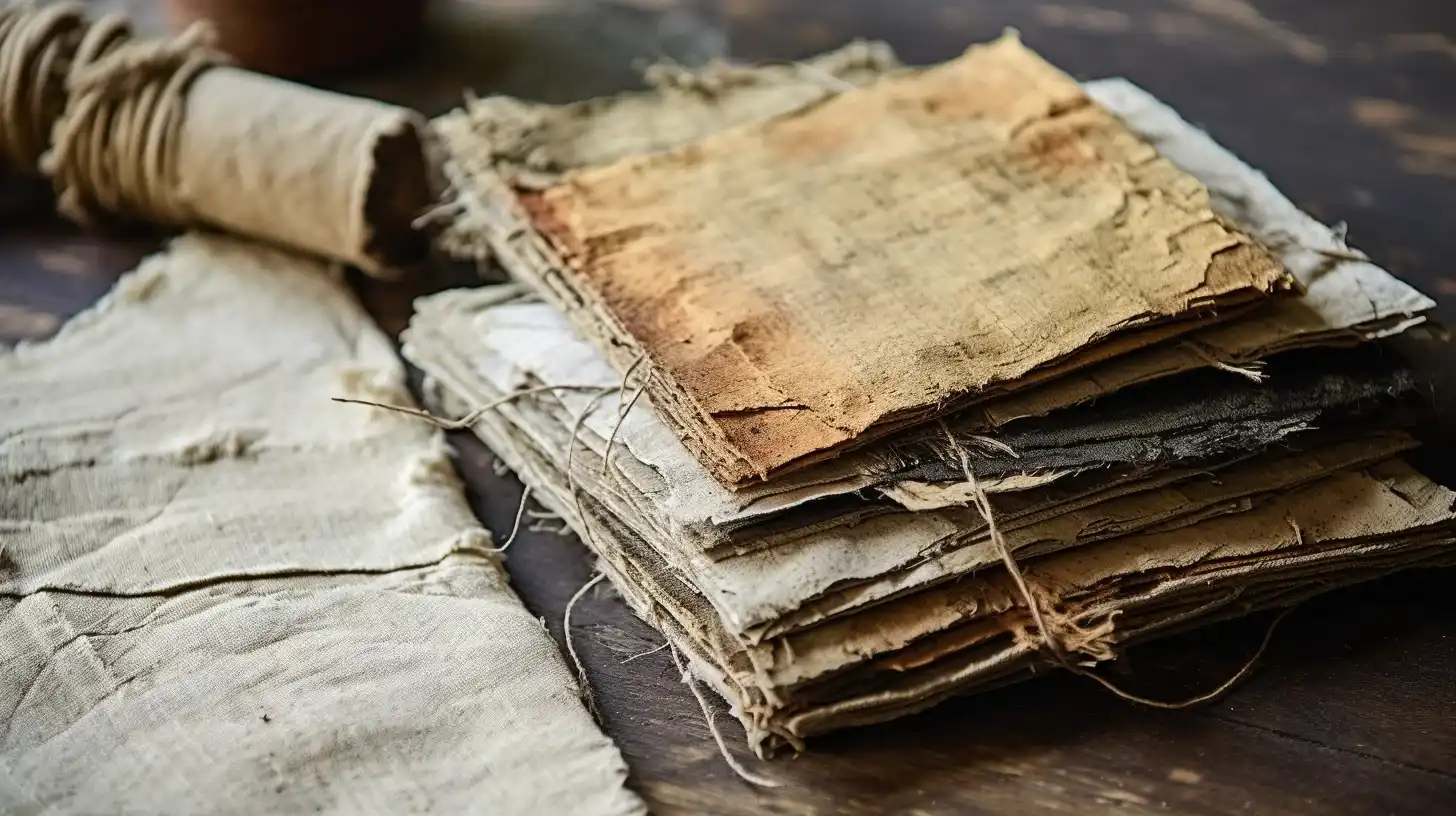
For an authentic vintage look, you can distress your fabric by vigorously rubbing it with sandpaper or a wire brush to create a worn, aged effect. This craft technique works on various materials, including silk, cotton, wool, and linen.
Start with coarser grits for more pronounced distressing, and use lighter pressure for delicate fabrics like silk. As you rub back and forth, the fabric will begin to fade and thin, mimicking years of wear. Experiment with different grits to achieve various fading effects. This ensures you don’t overdo it to prevent complete deterioration.
This method is effective and controlled. It allows you to add character to your fabric with the precision that only hands-on techniques can offer.
Method 10: Tear the Fabric
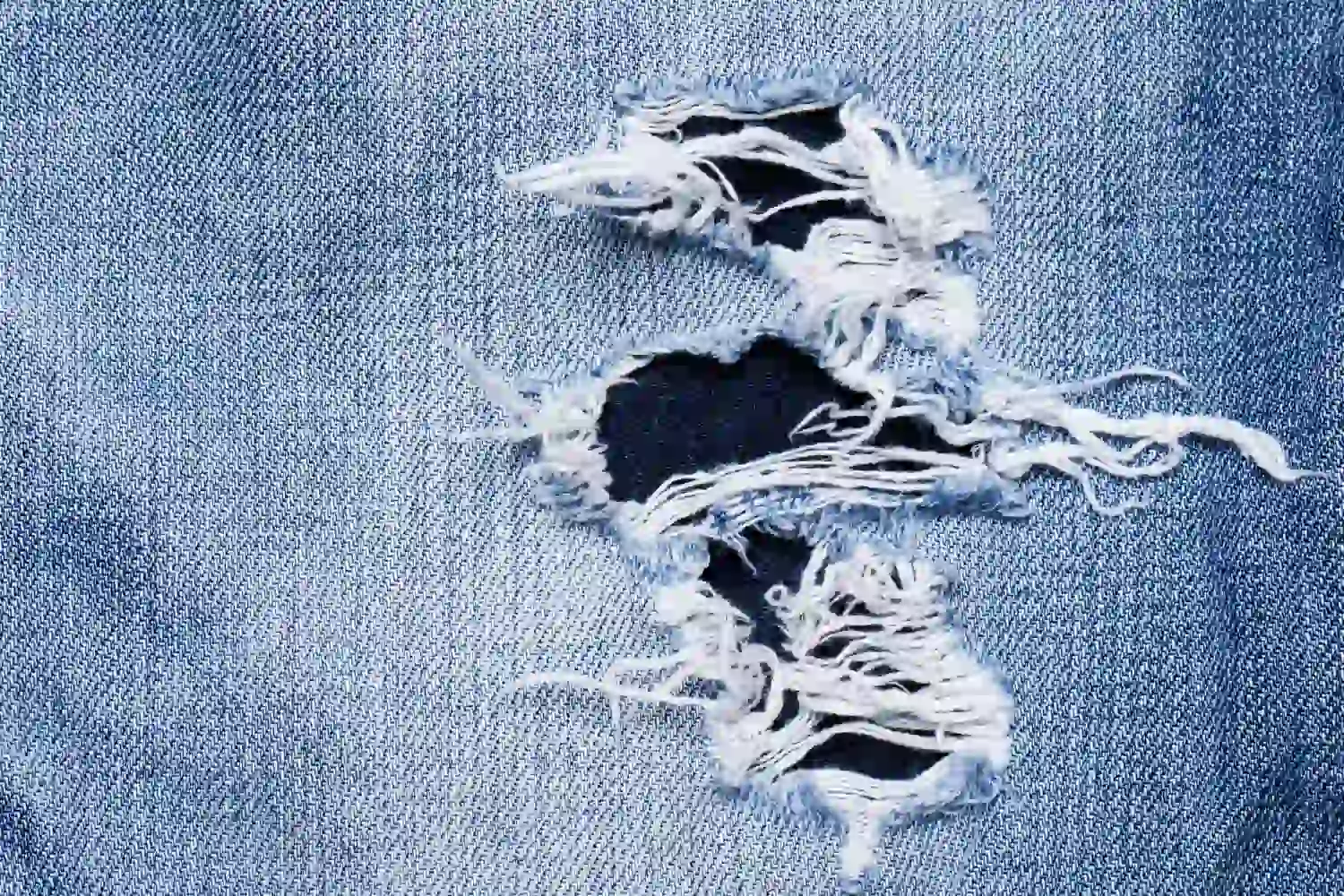
After distressing your fabric with sandpaper or a wire brush, you can further enhance the antique look by strategically tearing it to mimic the natural wear and tear of time.
Snip with scissors at the desired points, then rip the fabric apart to cultivate that aged charm. Raveled edges especially make your fabric look antique. So, after the initial tear, pull at the threads to encourage additional unraveling. This will give your vintage-looking fabrics a convincingly timeworn appearance.
If you want to age fabric creatively, consider using thin, torn fabric strips as decorative ribbons.
Tips for Making Fabric Look Old
For an antique vibe, tear rather than cut. Snip with scissors and then rip for a naturally worn edge.
Sanding adds years to your fabric’s appearance; coarser grits amplify the effect.
To deepen the aged aesthetic, brew a walnut dye and dip your fabric, ensuring an uneven, vintage patina.
After dyeing, wash the fabric gently to set the color. Then, hang the fabric to dry in a shaded area to avoid immediate fading.
These methods are tried and true for creating that coveted, time-worn essence in your textiles.
Conclusion
You’ve done it! By using tea-staining, distressing, and creative laundering, you’ve transformed your fabric with an authentic vintage charm.
Remember, less is often more, so go easy on each technique to avoid overdoing it.
With patience and practice, you’ll master the art of aging fabric, giving your projects a timeless beauty that tells a story.
Now, take a step back and admire your work—the past has never looked so beautifully present.
FAQs
Q: Can I use a stove or solar method to age fabric?
A: Yes, using a stove or solar method is a great way to give the fabric an aged appearance. This may involve boiling the fabric, exposing it to sunlight, or otherwise utilizing heat to achieve the desired effect.
Q: Is there a way to age fabric instantly?
A: Yes, there are methods to instantly age fabric, such as briefly boiling it or using instant aging solutions available on the market.
Q: Are there any specific fibers that are more conducive to aging fabric?
A: Certain fibers, like cotton and linen, are found to be more receptive to aging techniques, making them a popular choice for creating an antique look in fabric.
Get more DIY tips on Longan Craft Blog! Dive into the fabric world with Longancraft!
Recommend Products:
